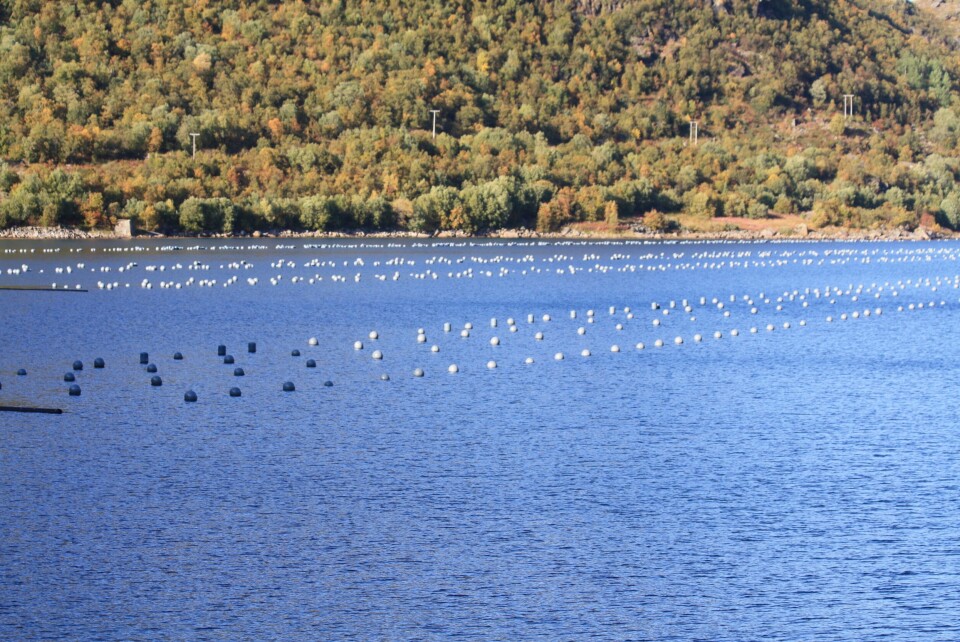
Scots spat hatchery on the cards
A number of Scottish shellfish farmers have called for a hatchery for a number of years, in order to act as a safeguard against the vagaries of natural spat collection.
Projects
1. Genetic markers
Aim: To gather a set of genetic baseline data about current mussel stocks around the farming areas of Scotland
• Understand where spat settling in certain areas comes from.
• Perhaps measure results of first cross with defined populations.
• Understand base markers to measure and ensure maintenance of natural biodiversity.
2. Live food
Aim 1: To assess a set of technologies to be used for algae production (focusing on methods of continuous production especially, including techniques for dosing of nutrients).
Aim 2: To assess the nutritional composition and ration of algal feeds and relate it to production performance in a mussel production system.
3. Bacteriology
Aim: To assess and improve microbiological control in a mussel larvae rearing system.
• Carry out comprehensive study of the microbiological biota in mussel larva and components throughout the production cycle.
• Understand the impact of bacteria on survival and ways to improve performance a hatchery system.
4. Metamorphosis
Aim: Technology transfer of mussel settlement systems for Mytilus edulis in Scottish waters.
5. Settlement
Aim: To optimise transfer of the settled stock to sea.
• Build on project 4, metamorphosis.
• Measure survival and growth in the marine environment up to a measurable end point.
• Monitor health and look at effects of different stocks used at deployment.
The deadline for applications is 1 September 2015. To apply visit http://scottishaquaculture.com/call-for-interest-on-mussel-research/






















































